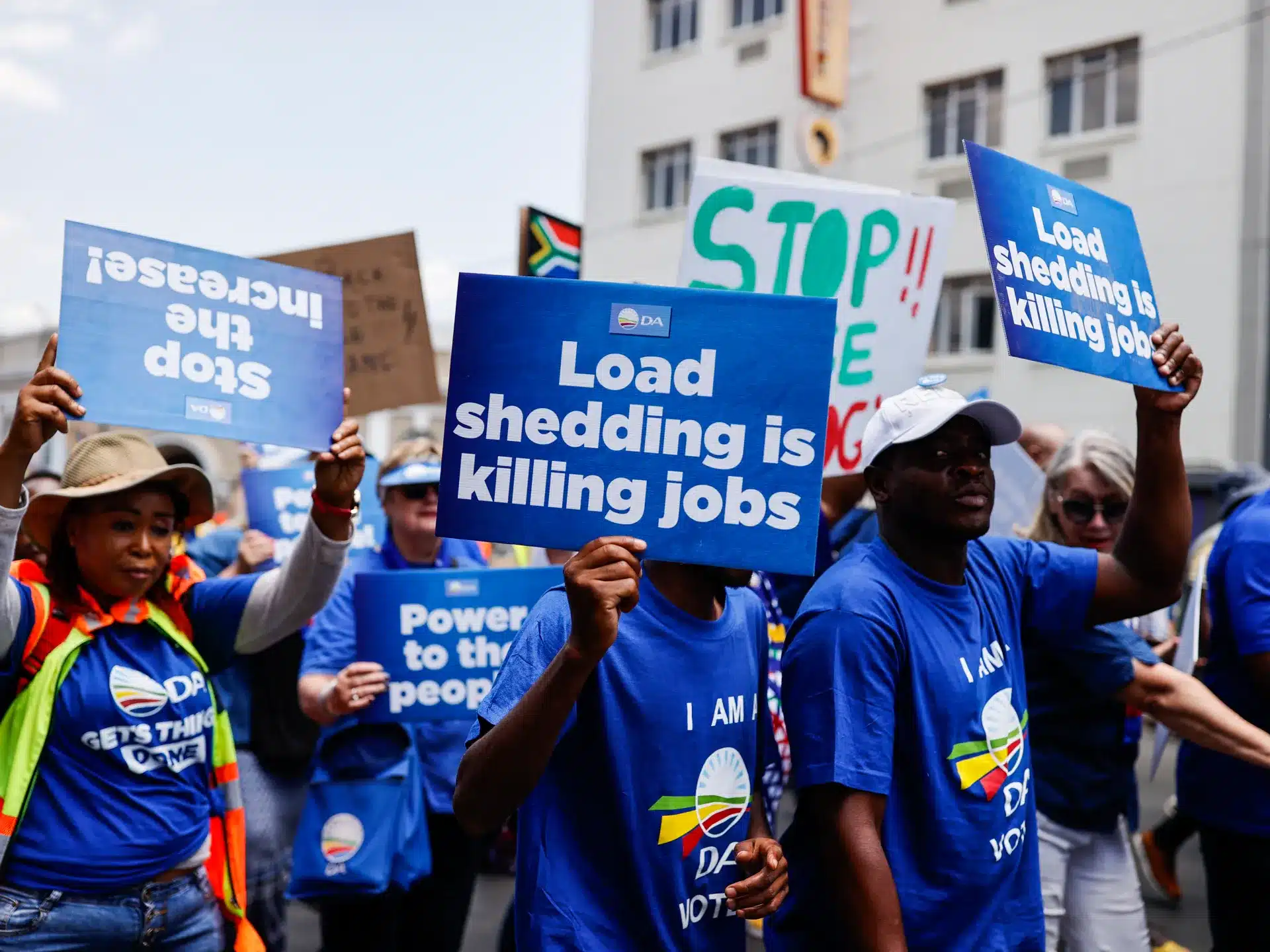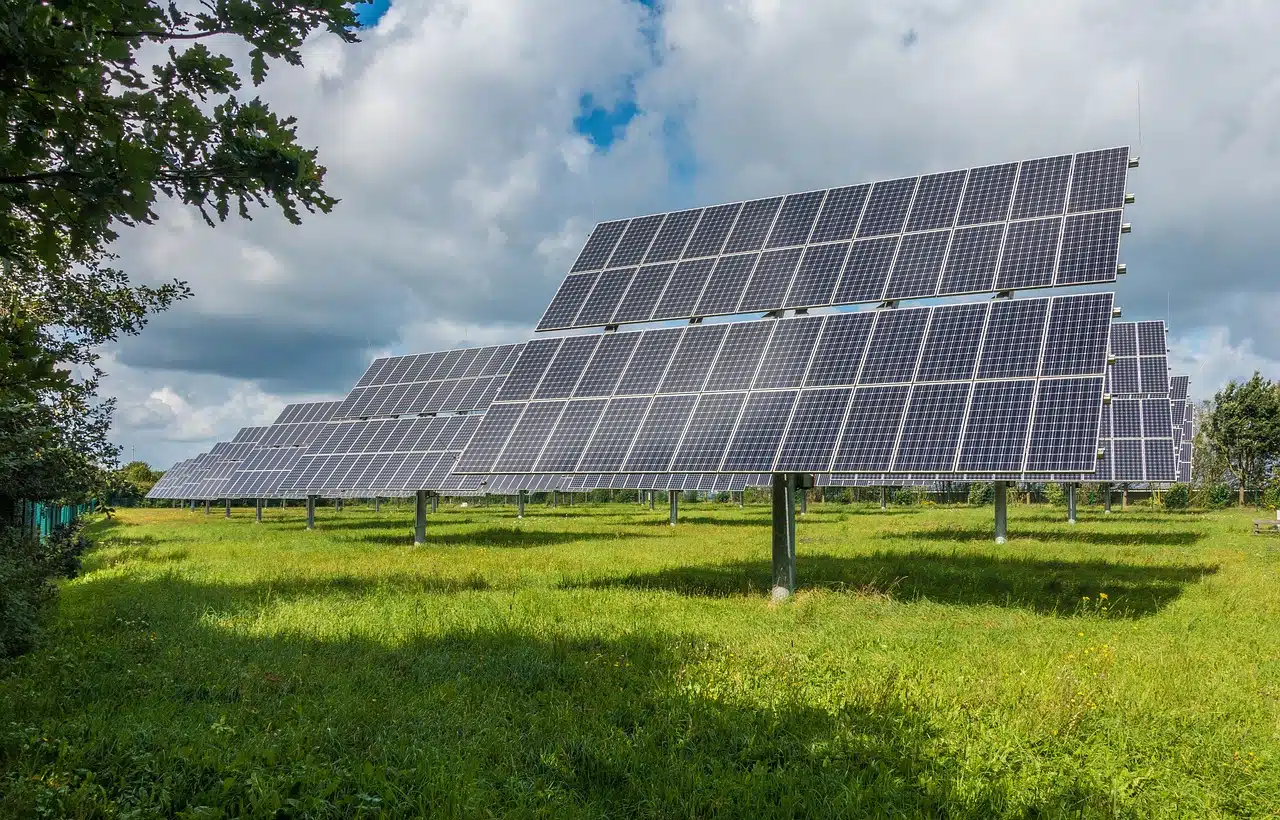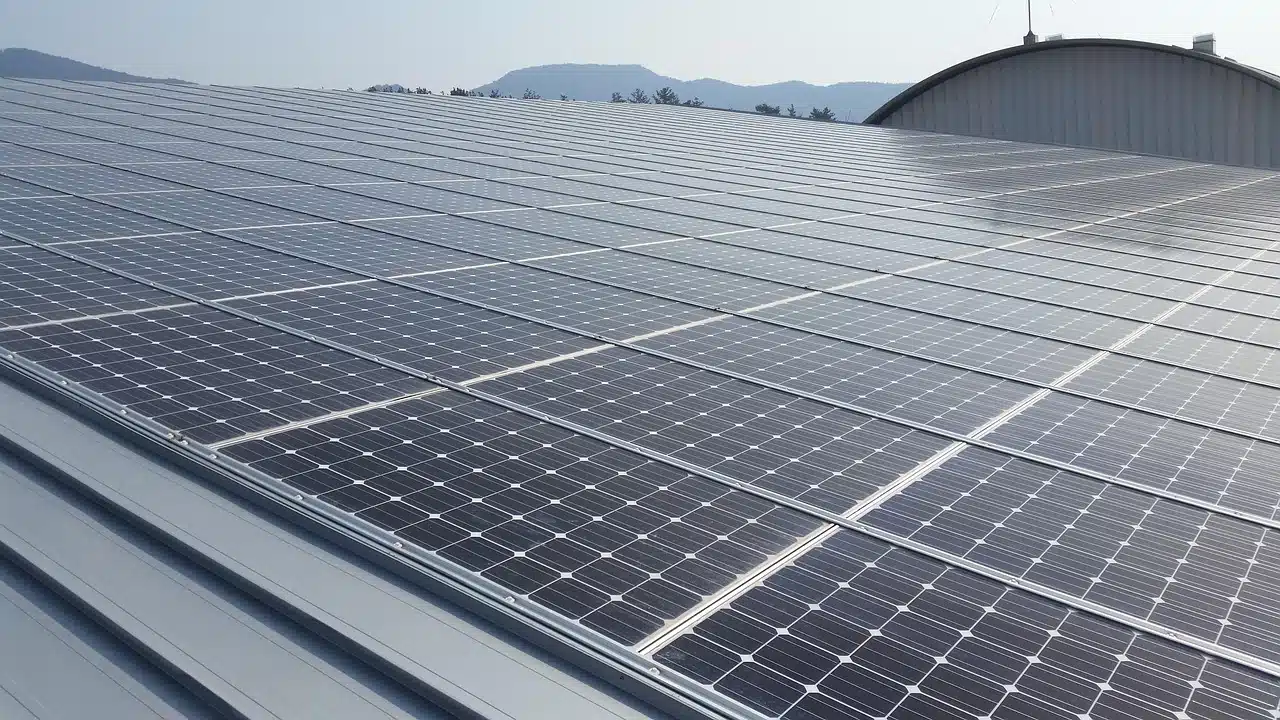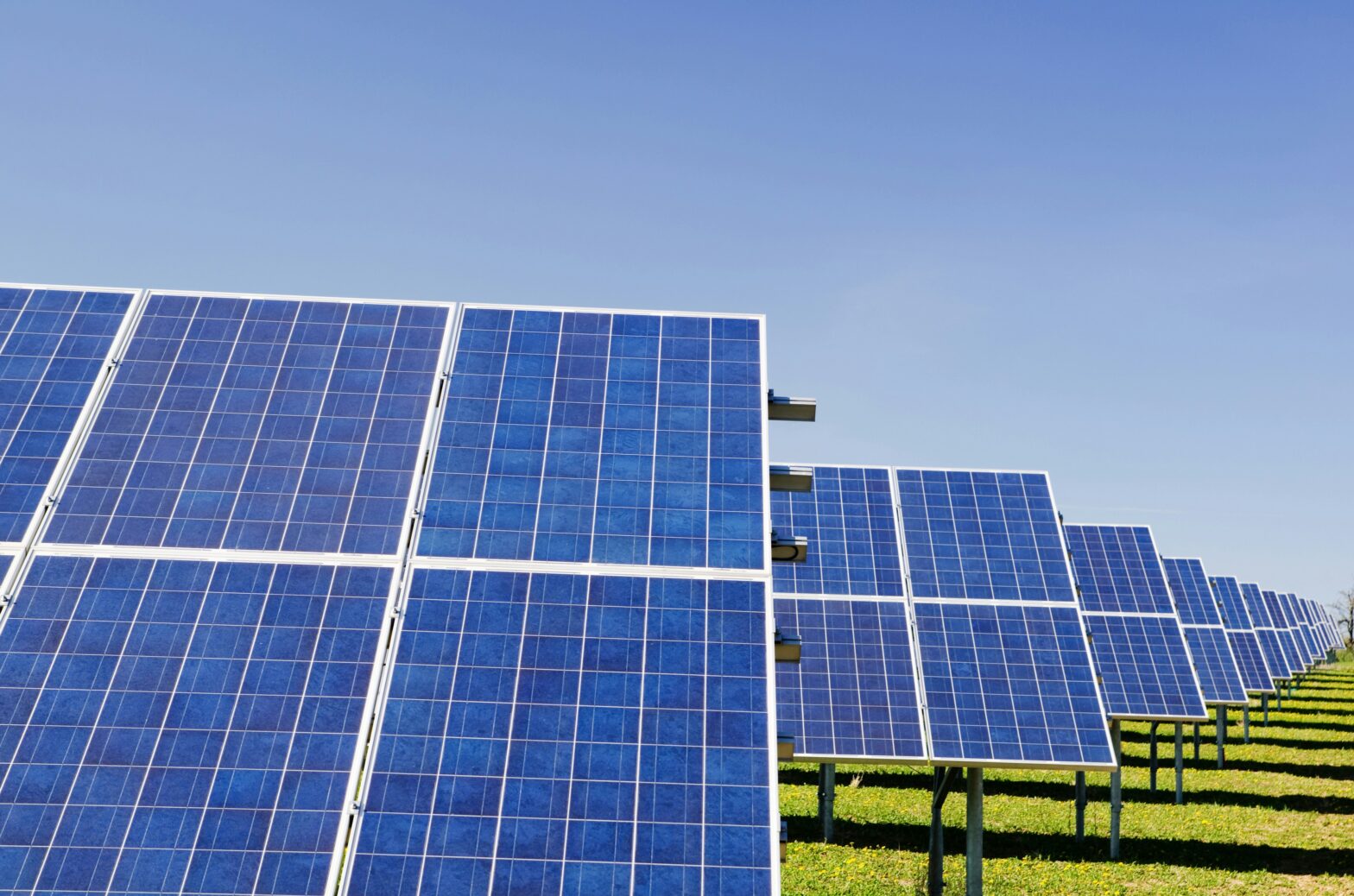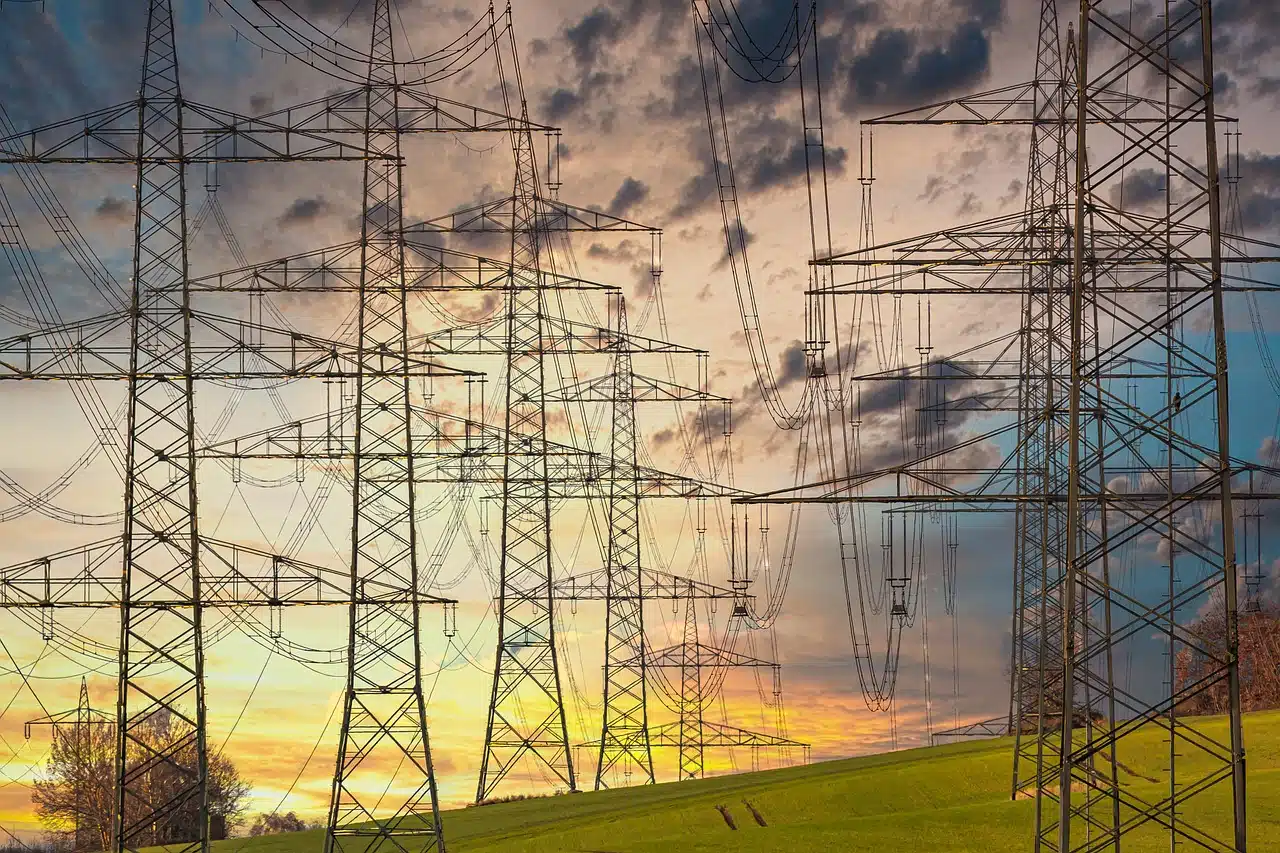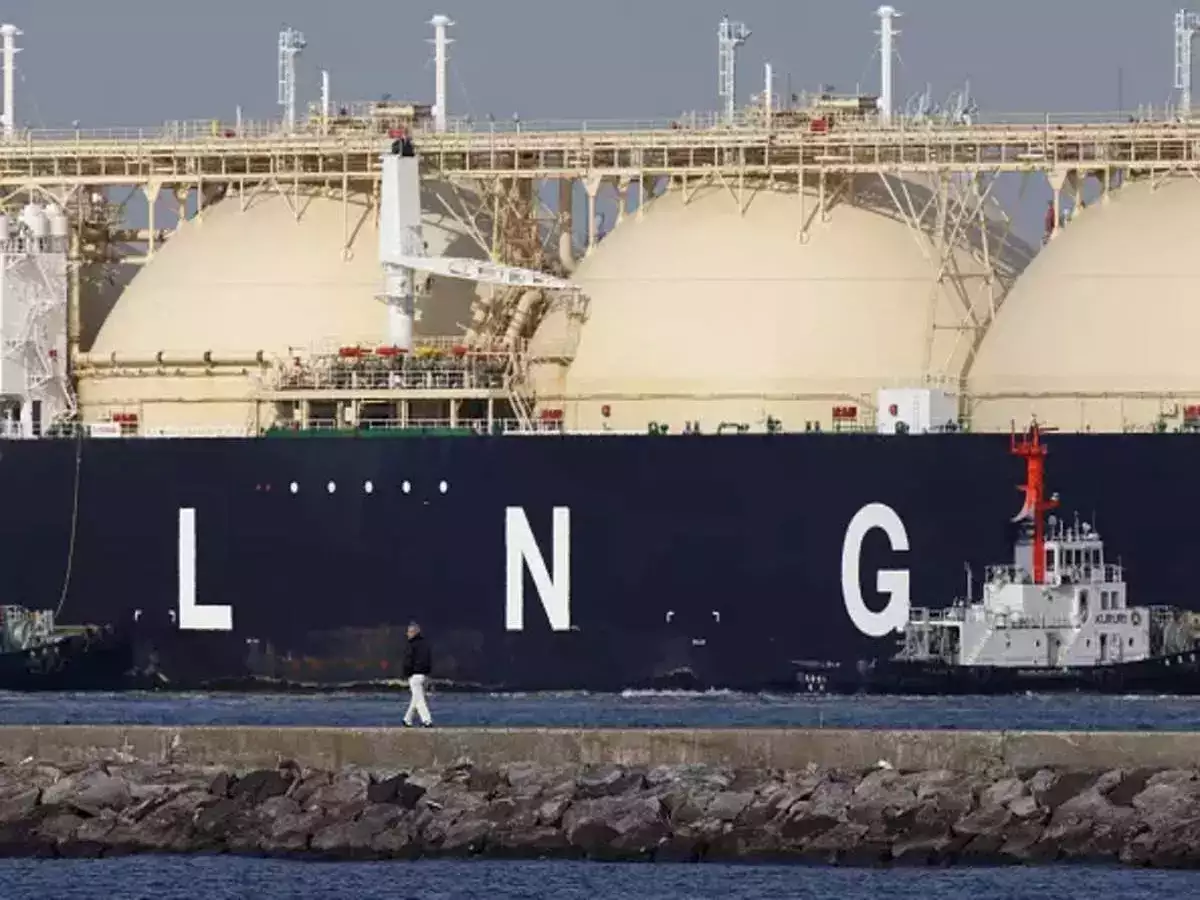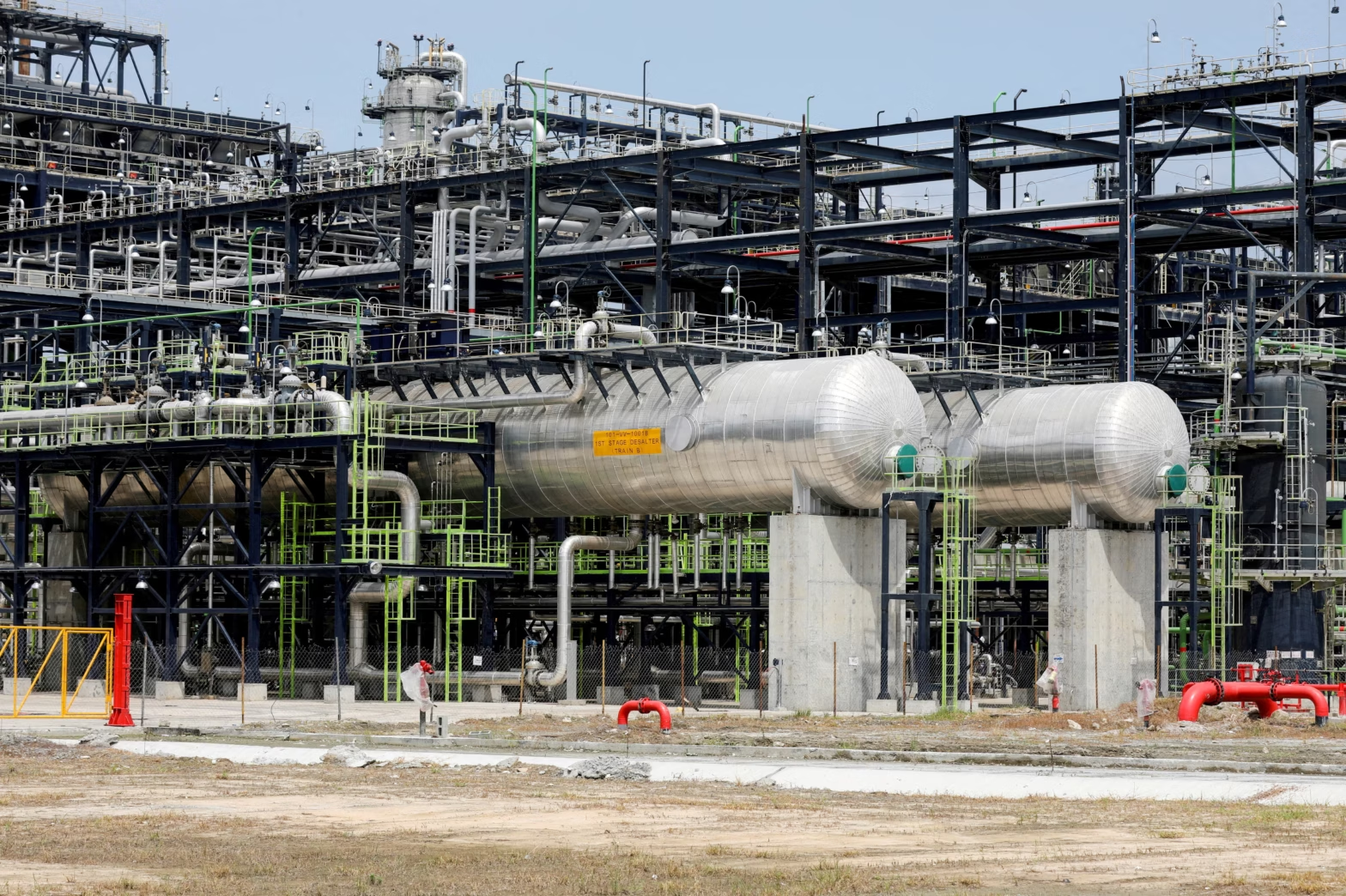When South Africa secured a fresh $2.2 billion commitment from the World Bank-linked Climate Investment Funds (CIF) in June 2025, it was framed as a victory for clean energy, climate diplomacy, and multilateral cooperation.
For a country battling chronic load shedding and growing pressure to decarbonise, the deal offered more than financial relief—it was a signal of renewed global confidence.
But beneath the headlines and dollar signs lies a deeper story.
South Africa’s energy transition is not simply about retiring coal plants and installing solar panels.
It is a far more complex, politically charged, and socially consequential undertaking. It is a project that raises fundamental questions about justice, economic restructuring, institutional capacity, and national identity.
The billions may kick-start reform—but they alone cannot deliver transformation.
The burden of coal—and the politics of departure
South Africa remains one of the most coal-dependent countries in the world, with coal generating over 80 percent of its electricity.
This carbon-heavy reliance is not just an environmental liability; it is deeply woven into the fabric of the country’s economy, especially in provinces like Mpumalanga where coal is the primary employer.
The country’s state-owned utility, Eskom, is responsible for much of this legacy.
Its fleet of ageing coal-fired power plants has kept the lights on for decades—even as mismanagement, corruption scandals, and underinvestment plunged it into crisis.
Power outages have become routine, disrupting businesses, depressing growth, and straining public trust.
Thus, any conversation about exiting coal must grapple with realities that go beyond emissions: what happens to the towns built around mines?
What jobs will replace the thousands projected to disappear? How does a government chart a new energy future while confronting the ghosts of the old?
The CIF and World Bank funding is structured to respond to these concerns. It includes support for workforce reskilling, social protection, and infrastructure repurposing. Yet, even with these provisions, implementation remains fraught.
As Joanne Yawitch, head of South Africa’s Just Energy Transition unit, put it: “Coal transitions are difficult right around the world and they take decades to achieve.”
In that sense, Pretoria is not just managing a technical transition—it is navigating a slow political divorce from an industry that has powered and poisoned its development.
A fragile consensus – labour, justice, and transition risks
At the heart of South Africa’s transition is the principle of justice. The government’s Just Energy Transition Investment Plan (JET-IP), launched at COP26, acknowledges that moving away from coal must not deepen inequality or marginalise the vulnerable. Yet this rhetoric often clashes with ground realities.
In Mpumalanga, where many communities are dependent on coal, union leaders are sceptical of promises that renewables will create equivalent employment.
A 2023 government report warned that over 80,000 coal-related jobs could be lost in the province alone.
While reskilling is part of the plan, it remains unclear how fast—or effectively—new industries can absorb the displaced.
Labour unions, powerful players in South African politics, have made their stance clear: no plant should be shut down until alternatives are not only planned but operational.
Their caution is not unfounded. Previous waves of economic restructuring—particularly in the post-apartheid years—often left vulnerable groups behind.
This tension underscores the limits of technocratic solutions.
A just transition requires more than donor funding or policy documents. It demands trust-building, grassroots engagement, and political commitment to inclusivity.
Without these, the transition risks being perceived as a donor-driven imposition rather than a nationally owned agenda.
Legal turning points: From courtrooms to parliament
Despite the challenges, the transition narrative is no longer aspirational—it is increasingly legal and institutional.
In April 2025, a South African high court ruled that plans for new coal plants were unlawful, invalid, and unconstitutional.
The verdict was a watershed moment, signaling that the judicial system is willing to uphold environmental rights enshrined in the constitution.
This was quickly followed by Parliament’s approval of a Renewable Energy Master Plan aimed at unlocking green investment and stabilising long-term energy supply.
The plan outlines targets for solar, wind, and grid expansion, and aims to streamline permitting processes that have long delayed renewable projects.
Taken together, these developments suggest a growing alignment between climate goals and national law.
They also indicate a maturing policy space where courts, parliament, and civil society are increasingly shaping the transition.
However, translating laws into tangible change on the ground will require something South Africa has often struggled to deliver: effective state capacity.
Eskom’s evolution—and the infrastructure challenge
No energy transition is possible without an effective utility at its centre. Eskom, long criticised for inefficiency and ballooning debt, now finds itself at a crossroads.
The utility has issued tenders to establish a standalone renewable energy subsidiary—an important step toward operational flexibility and green market development.
But Eskom’s woes run deeper.
It must not only build new capacity but also overhaul transmission infrastructure, manage debt restructuring, and rebuild credibility with investors and the public.
South Africa’s transmission grid is outdated and geographically skewed.
Much of the new solar and wind capacity is being developed in areas where the grid cannot yet accommodate it.
This mismatch between generation and transmission is one of the biggest bottlenecks in scaling up renewables.
Here, the CIF and World Bank support can be catalytic.
Of the $2.6 billion package, a substantial share is earmarked for grid resilience and infrastructure upgrades.
But again, money alone is not a solution. Procurement reforms, faster project approvals, and transparent governance are equally critical.
Not just a South African story
What makes South Africa’s transition significant is not just its scale—but its symbolism.
It is the first African country to attempt such an ambitious, externally supported transition away from coal.
It is also the test case for the JET Partnership model that international financiers hope to replicate elsewhere, including in Indonesia, Vietnam, and Senegal.
The stakes, therefore, are global.
If Pretoria can demonstrate that a fossil-fuel-dependent economy can pivot without deepening poverty or political unrest, it could unlock more support for climate action across the continent.
Conversely, if the transition stumbles—due to corruption, social backlash, or poor planning—it may breed scepticism and stall climate finance momentum.
This broader context explains why institutions like the World Bank, AfDB, and IFC are betting big on South Africa’s success.
They see it as a proving ground for global climate cooperation in the Global South.
The long road ahead
The $2.6 billion in funding is significant, but it is only the beginning.
Estimates suggest South Africa needs over $98 billion by 2030 to fully implement its energy transition goals. That figure dwarfs the current commitments and underlines the scale of what lies ahead.
Moreover, South Africa’s energy future will be shaped not just by money, but by choices—how boldly it enforces environmental laws, how equitably it treats displaced workers, how efficiently it executes projects, and how transparently it manages donor support.
As the country submits detailed project proposals for fund disbursement, as required by the World Bank framework, all eyes will be on the quality of these plans.
Will they prioritise people or megawatts? Will they empower local governments or centralise control?
These questions will define whether South Africa’s energy transition becomes a model or a cautionary tale.
Beyond the exit
South Africa’s energy transition is about far more than closing coal plants or securing climate finance.
It is about redefining the social contract between the state and its citizens, between energy and justice, between economic development and ecological responsibility.
The billions now on the table represent an opportunity—but also a test.
They must be deployed not just to build solar farms or decommission plants, but to build trust, resilience, and a shared vision of the future.
Because what is at stake is not just energy. It is the soul of a country in transition.

